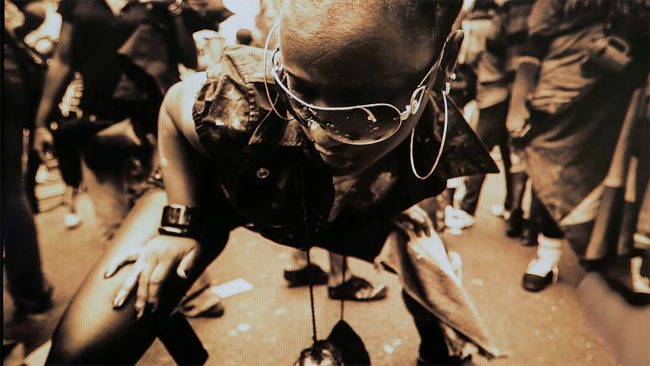 Read more
Read more
Why is a story so important?
Many people have a story to tell – the engaging part is how it is told. If you want a story to resonate with an audience then you need to understand their problems and what possible solutions you could offer. This is where the very vital process of script development can make or break your story.
Beautiful imagery is great but it will only get you so far, whereas solid storytelling / problem-solving can create tangible results. By developing a focussed script you can solve a business problem, reinforce the lyrics of a song or even address a dramatic mystery.
The common theme here is that all of the very best stories solve a problem and in developing a solid script we can show you how to accomplish that.
What is a script?
“To make a great film you need three things – the script, the script, and the script.” – Steven Spielberg
A script is your story written on successive pages of paper. A marriage between a story and to-do list, a well-written script will both entertain an audience and also inform clients and filmmakers on exactly what they are going to create.
By going through repeated revisions (or “drafts”) a script will change (sometimes drastically) until the story works properly and it reflects the shared outcome of all those involved.
What is the first step?
Before you start any project we have to understand what the problem is first and then develop a story to solve that problem. A company’s desire to sell more or launch a new product is not a problem, that is a goal or a challenge. The problem is how to do these things. How do you make a connection so strong, so convincing that the viewer convinces themselves in the validity of what they are watching? Immediately establishing trust is the answer.
If you trust something then you’re much more likely to act on it. By employing a story that shows a solution to a problem, an audience is much more likely to invest time because they feel they’re learning something and in doing so, that information becomes valuable.
Research
To answer a question you first need to ask a few and this is where interviewing comes in. If you are marketing a product or service, we have to understand what is great about them and what problem(s) they solve. This is where we find our story and how we help get an audience to identify what exactly it is they’d like or love about them.
Understanding who your audience is the first step in creating empathy and influence.
For example, this can answer who might be a good fit on camera when casting. Sometimes it isn’t always the CEO of your company. If the audience is more likely to connect with someone who more closely resembles their own demographic, then this is often the better way to go.
Far from being dull, well-done research can spark ideas and provoke fresh perspectives.
Stories are strategic
Developing a script creates clarity around your video’s objectives and considers all the constraints involved. Being wrong on paper is better (and cheaper) than going through all the effort and expense of making a film only to find out you were mistaken from the beginning.
Developing a solid script allows you to plan goals efficiently and see what’s possible and then budget accordingly.
The Next Step – Storyboarding
One of the best ways of testing a script out is through storyboarding. Storyboarding allows us to make sure our story flows and reaches its intended goals visually. More importantly, we can also quickly discern between which shots or scenes are the “must-haves” or “nice-to-haves”.


